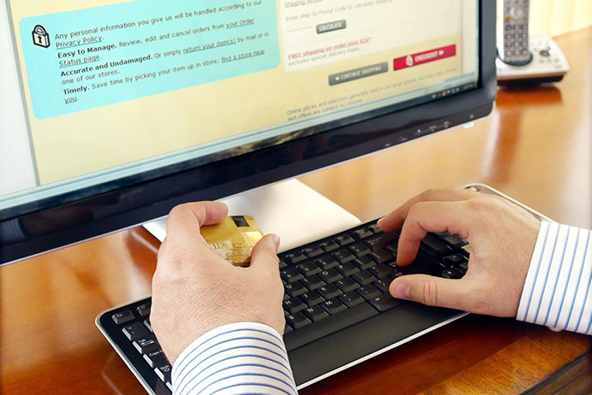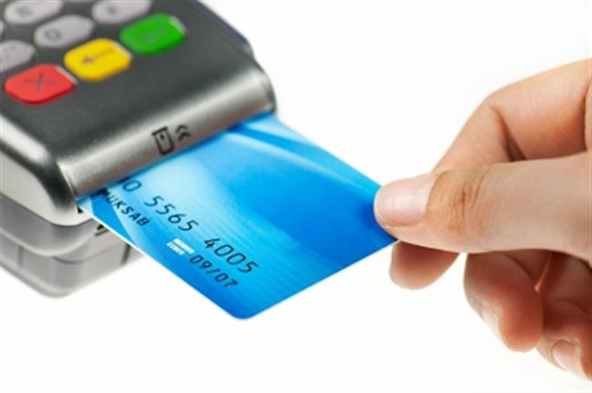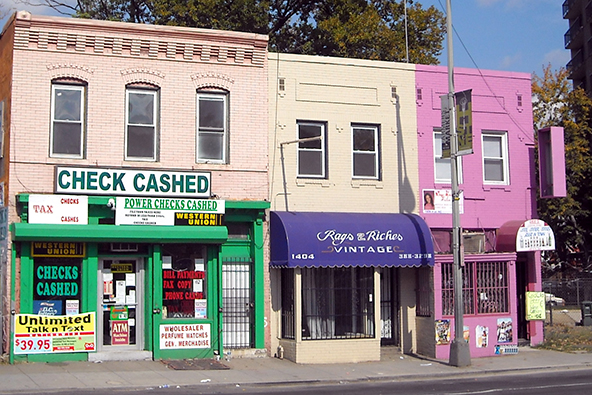Managing E-Commerce Payment Choices at the Checkout

Support for multiple payment choices at the checkout helps ensure that you can accommodate every customer’s favorite option and that no sale is lost at the last moment. Acceptance of all major credit and debit card brands and support for third-party non-cash services, such as PayPal, Google Checkout and Amazon Payments, increases customer retention and helps attract new customers who would only make a purchase if the merchant is able to accommodate their preferred payment choice. Remember that if consumers do not find their favorite payment option supported at your website’s checkout, they are likely to go to the competition, costing you a lost sale and, potentially, a repeat customer.
When offering customers payment choices at the checkout, consider implementing the following best practices:
- Provide clear payment choices.
- Your customers must be provided with a clear choice of card brands. Confusion can result when customers believe that they are paying with one brand, but the transaction is actually processed using another. To avoid that, ask customers to select the brand of card they are using, in addition to entering the card’s account number. You can tell the card’s brand by looking at the account number’s first digit, see below:
Card Type
First Digit of Account Number
American Express 3
Visa 4
MasterCard 5
Discover 6
- Confusion can also result from the different understanding that customers may have for options such as “Debit” or “Credit.” Selecting a specific payment brand provides the customer with a clear choice.
- Display on your checkout page a menu or radio buttons of all of the payment brands that your store accepts and that allows your customers to make an informed choice.
- Your customers must be provided with a clear choice of card brands. Confusion can result when customers believe that they are paying with one brand, but the transaction is actually processed using another. To avoid that, ask customers to select the brand of card they are using, in addition to entering the card’s account number. You can tell the card’s brand by looking at the account number’s first digit, see below:
- Tell customers that third-party services require that they open an account with them. If you decide to support third-party non-cash payment services like PayPal, Google Checkout, Amazon Payments, eBillme or others, inform your customers that these providers require that consumers have set up accounts with them, before they can make payments using their services.
- Do not provide a default payment choice. You should not preselect a particular payment option, although you are allowed to indicate and advertise a preferred payment choice. You should leave all options unchecked and leave the customer to make a selection.
- When a customer makes a payment selection, it must be honored. Although, as mentioned above, you are allowed to indicate a preferred payment choice, you cannot confuse and mislead customers or omit important information in the process. The choice ultimately belongs to the customer and you must honor it. Otherwise, you should brace yourself for customer disputes and chargebacks.
- Provide a payment choice confirmation page. In order to avoid any possible misunderstanding about your customer’s payment choice, consider showing a confirmation page during the checkout process that specifies the selected payment option and requires that your customer acknowledges it by clicking on an “Accept” or “Agree” button.
Image credit: ZF.ro.


